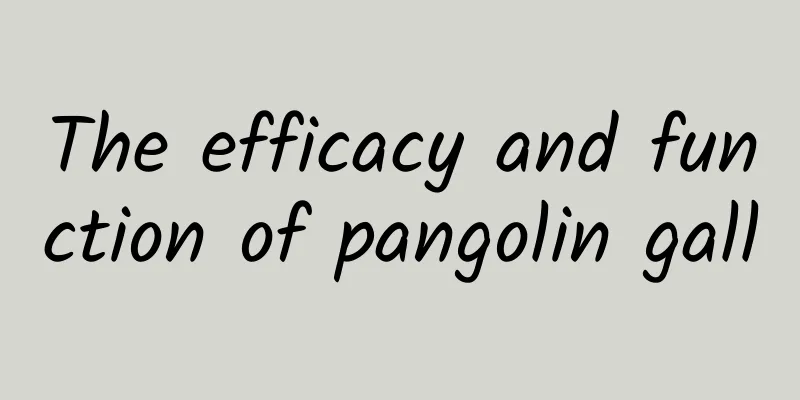The efficacy and function of wind medicine

|
I don’t know if you are familiar with the herb and know its effects and functions. Let’s analyze in detail the value and consumption methods of the herb. [Alias] Green leaves, Rhamnus slenderus, soap leaves, and dyed cloth leaves. [Source] Medicinal material source: the roots and stems of Rhamnaceae plant Rhamnaceae. [Original form] Nepal buckthorn is an upright or vine-like shrub. The branches are without thorns, the young branches are covered with short soft hairs, which fall off later, and the branchlets have many obvious lenticels. Leaves are alternate; petioles are 1.2-2cm long and glabrous; leaf blades are thick papery or nearly leathery, of varying sizes, leaflets are nearly circular or ovate, 2-5cm long and 1.5-2.5cm wide; large leaves are broadly elliptical or elliptical-oblong, 6-17 (-20)cm long and 3-10cm wide, with rounded and gradually pointed apex, rounded base, and obtusely serrated margins, dark green and glabrous above, and only tufts of hair in the vein axils below. Axillary cymes or thyrses with short branches at the bottom, up to 12 cm long, with the axis of the inflorescence covered with short soft hairs; flowers are unisexual, dioecious. 5-base; sepals long triangular, pointed at the apex, covered with fine hairs on the outside; petals spoon-shaped, obtuse or slightly concave at the apex, clawed at the base, equal to or slightly shorter than the stamens; petals of female flowers fall early; there are 5 reduced stamens; ovary spherical, 3-chambered, style 3-lobed to half-cleft. The drupe is obovate-spherical, about 6 mm long, with a persistent calyx tube at the base and 3 cores. There are 3 seeds with longitudinal grooves on the back. The flowering period is from May to September, and the fruiting period is from August to November. [Habitat distribution] Ecological environment: Growing in sparse or dense forests, or shrubs below 1800m above sea level. : : : : : : : : : : : : : : : 【Nature and flavor】 Astringent; slightly sweet; neutral 【Functions and indications】 Dispel wind and dampness; promote diuresis and relieve swelling. Mainly used for rheumatic joint pain; chronic hepatitis; ascites due to liver cirrhosis [Usage and Dosage] For oral use: decoction, 10-30g. 【Excerpt】 Chinese Materia Medica Through the above introduction, I found that Dafeng medicine has so many pharmacological effects, and it also has good effects on some diseases. In fact, there may be many "treasures" around our lives, but most of the time we don’t have a heart that is good at discovering them. |
<<: The efficacy and function of Huashan alum root
>>: The efficacy and function of stone ginseng
Recommend
@Everyone! Tips for "emergency handling" during May Day travel are waiting for you to check
The May Day holiday is coming, and many people mu...
Can we eat donkey-hide gelatin often?
Donkey-hide gelatin is a common type of tradition...
This special gut bacteria may be the secret to longevity?
World's oldest person, Japanese Tanaka Kane, ...
Chang'e-5 lunar soil reveals a big mystery!
Based on the study of Chang'e-5 lunar soil, C...
The efficacy and function of the fine-axis wormwood
The world is full of wonders, and Chinese medicin...
The role and efficacy of Imperata root
Imperata root is quite common in our daily life. ...
Why does the Ring Nebula look like a donut?
On August 3, 2023, NASA released the latest photo...
What are the contraindications for taking Pian Zai Huang?
Pian Zai Huang is a Chinese patent medicine, whic...
International Stomach Protection Day丨These "stomach care" rumors will ruin your stomach sooner or later, and many people have fallen for it!
The stomach is an important organ of the human bo...
For the first time, humans have predicted in advance that a probe is about to pass through the comet's tail. Let's take a look at what this comet looks like!
ESA's Solar Orbiter will pass through the tai...
Effects and functions of Celastrus nanxiensis fruit
There are so many medicinal herbs in the world, a...
Anti-aging, what are we fighting against?
Faced with the dazzling array of anti-aging skin ...
From ancient times to the present, how have we "dealt with" the wind?
In recent days, strong winds have occurred in man...
Hidden in the city: the mysterious desert cat hiding in the man-made forest
The desert cat has obvious tufts of hair on the e...
Does using hot eggs to reduce swelling really work? Seeking medical attention promptly is the key
Grandma Liu, 70 years old, was buying vegetables ...









